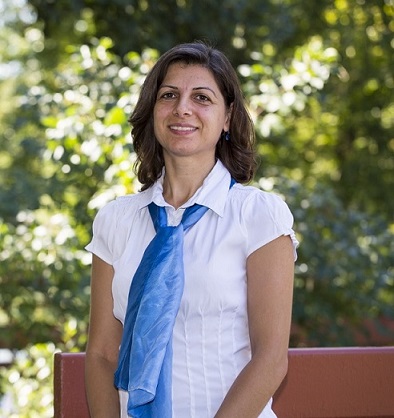Assistant Professor of Mathematics
Department of Mathematics and Statistics
Mount Holyoke College
lmrad [at] mtholyoke.edu

Assistant Professor of Mathematics
Department of Mathematics and Statistics
Mount Holyoke College
lmrad [at] mtholyoke.edu
Last updated in June 2025.
The photo icon in the banner is designed by Vectorium - [Freepik](https://www.freepik.com).